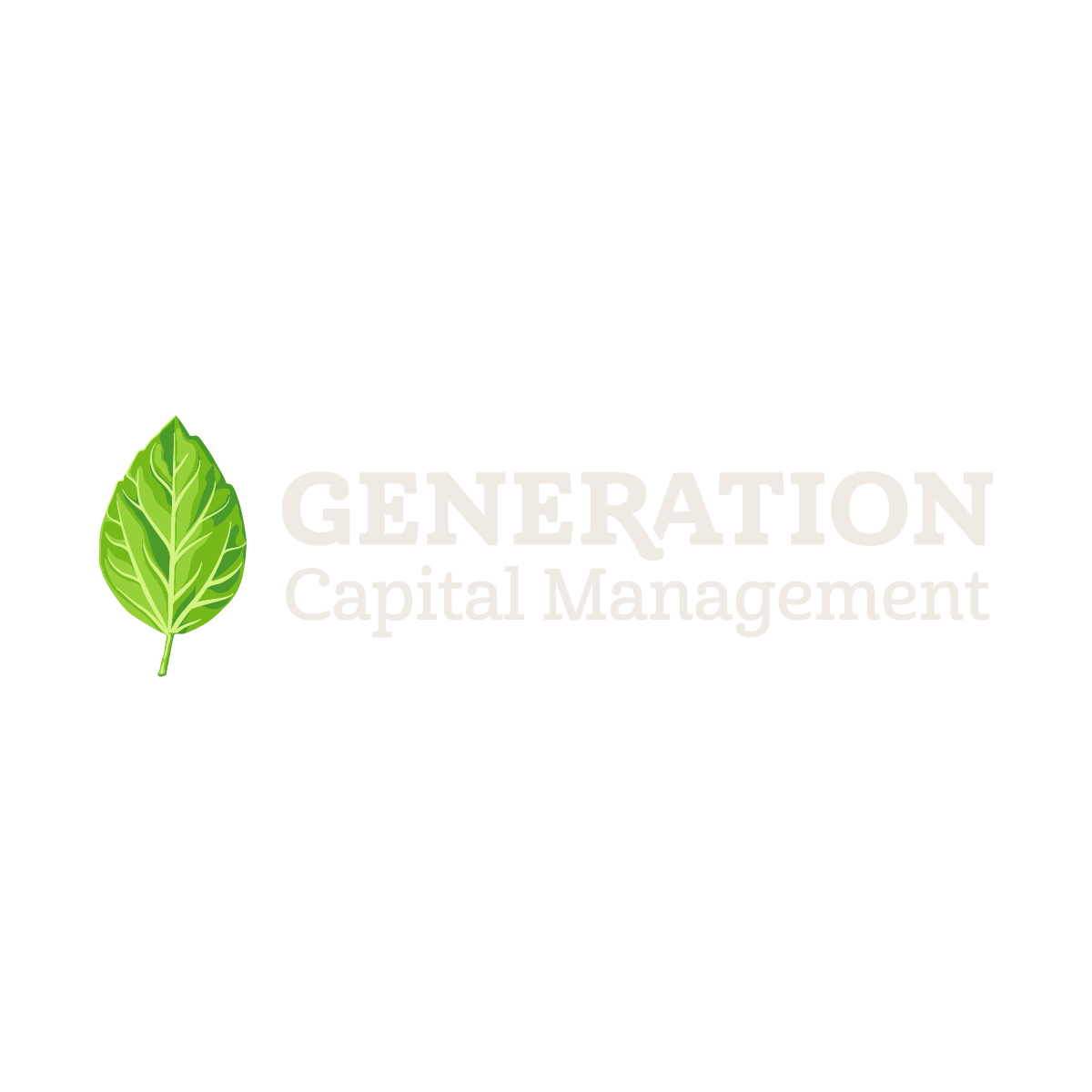Allocation Options in 401k's
Retirement plans have grown in popularity over the past ten years. Most companies now offer some type of plan for their employees to participate in that will help provide greater financial stability at a time when they are no longer employed. There is not one right plan, but the more that an employer is willing to match the employees’ investments with company funds - the better it will be.
I want to focus this short blog on the investment side of the plan, outlining what structures should be in place to provide all employees the options that work best for their own portfolio. Companies should be using a financial advisor to help manage the plan. Depending on the level of oversight, advisors can act as a co-fiduciary and work together with the plan sponsor in reviewing the overall platform choices. They can also be a fiduciary with the investments where they have sole discretion on what fund options are part of the lineup and when to replace or add new funds.
In either case, a fund lineup is important to the overall success of the plan. You want to make sure that there are enough funds for the participants to choose from. Morningstar developed a grid of nine boxes that identify characteristics of mutual funds. The horizontal grid is represented by the style factors while the vertical grid is represented by the capitalization size of the fund. Mutual funds are identified by each category they represent on the vertical and horizontal axes. We like to see at least one fund represented in each box. In addition, there should be at least two bond funds and two international funds (one developed market and one emerging market).
Target date funds which are professionally managed portfolios that relate to one’s date of retirement should also be included in all fund lineups. Target date funds have allocation ranges that correlate with the age of the participant. The younger the person, the higher the allocation to stocks. As the participant gets closer to retirement, the more conservative the fund will be with a higher representation of bonds versus stocks.
By utilizing target date funds, a plan can provide its participants a professionally managed investment portfolio for those who do not feel comfortable investing on their own. A menu of mutual funds that incorporates the characteristics highlighted in the “Morningstar Grid” will provide participants the opportunity to build their own portfolio for those who want to take more responsibility or feel comfortable in managing their own selections. The bottom line is that participants should have a choice in determining what is best for their retirement - either a do-it-yourself option or a professionally managed one.
Scott Nasca, CFA


